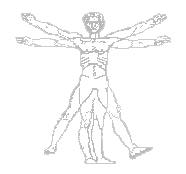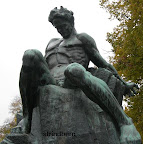
Featured Pages: Film-North on directing!
Summary
Play Analysis 10 Points1. First impressions: notes of reactions to play on initial reading, including images, colors, etc.
2. Research: Summarize the most important insights you have gained from your research into your play. Discuss specifically how your research findings will influence your interpretation and/or production of the play. List sources consulted (in bibliographic form).
3. One-sentence statement of action (root action/significant action).
4. Structural Analysis: identify and briefly discuss inciting incident, each major complication (in order), major crisis (turning point), major structural climax, major emotional climax, resolution. Give enough detail in your analysis so that the reader can identify the point in the play that you are talking about and why you consider this the inciting incident, etc. For complications, note the effect of the complication on the action.
5. Brief discussion of theme. State theme clearly and support your choice of theme with evidence from the play.
6. Brief discussion of style of the play. What choices are you making about style for your production? Why?
7. Spine of the play--identify and discuss briefly.
8. Character Analysis--Biography.
9. Motivational Units: Break your scene into motivational units and number/name the units. Present this portion of the analysis in promptbook format, with starting and ending points of each unit marked; unit analysis should be on page facing page of text.
10. Discuss any particular directorial problems posed by the play and the scene.
NOTES: biblio, references & ect.
Questions
Miss Julie (read the whole play in class?) |
| From Playwrights |
Notes

2007 -- fall
The Directorial Image: The Play and the Director by Frank McMullan; Shoe String Press, 1962 - 1: Creativity and the Director - 2: Dramatic Communication and Response - 3: Nature and Pattern of Drama - 4: Potentials of Dramatic Values - 5: Points of Focus - Directorial Image
Part II or Part III -- Actor or Stage first?








